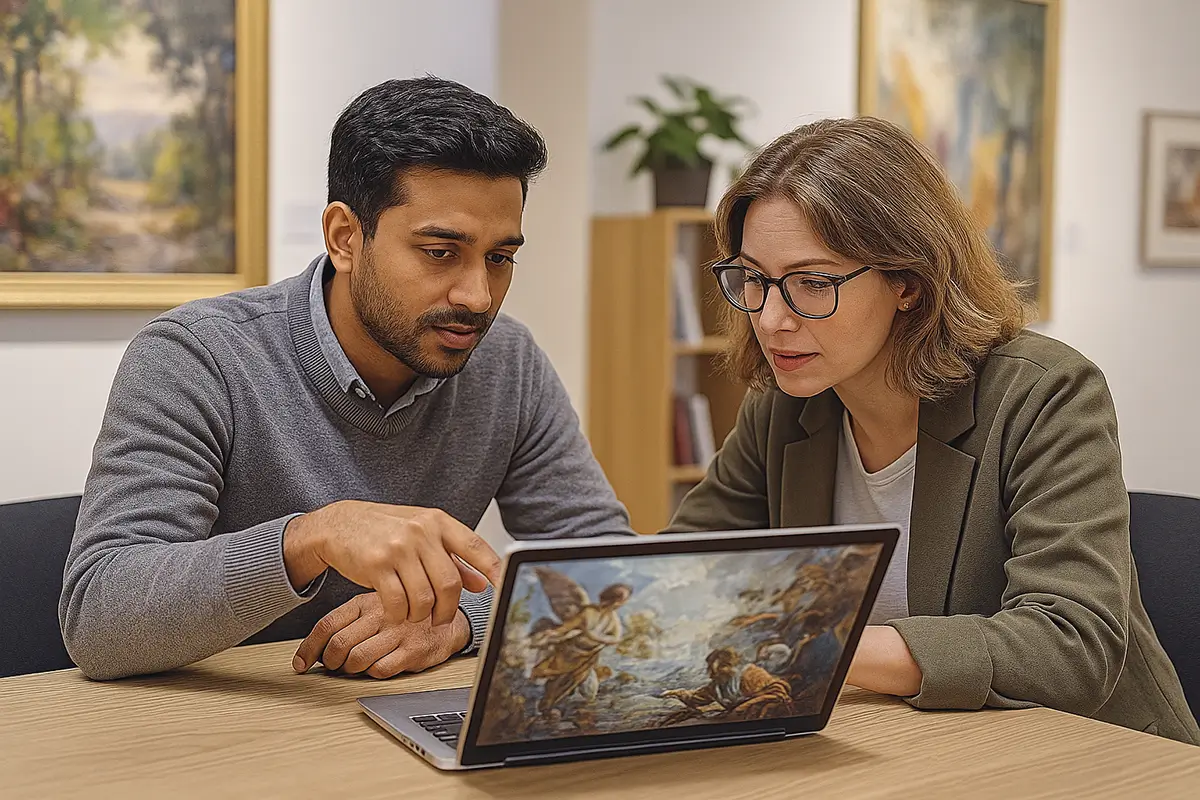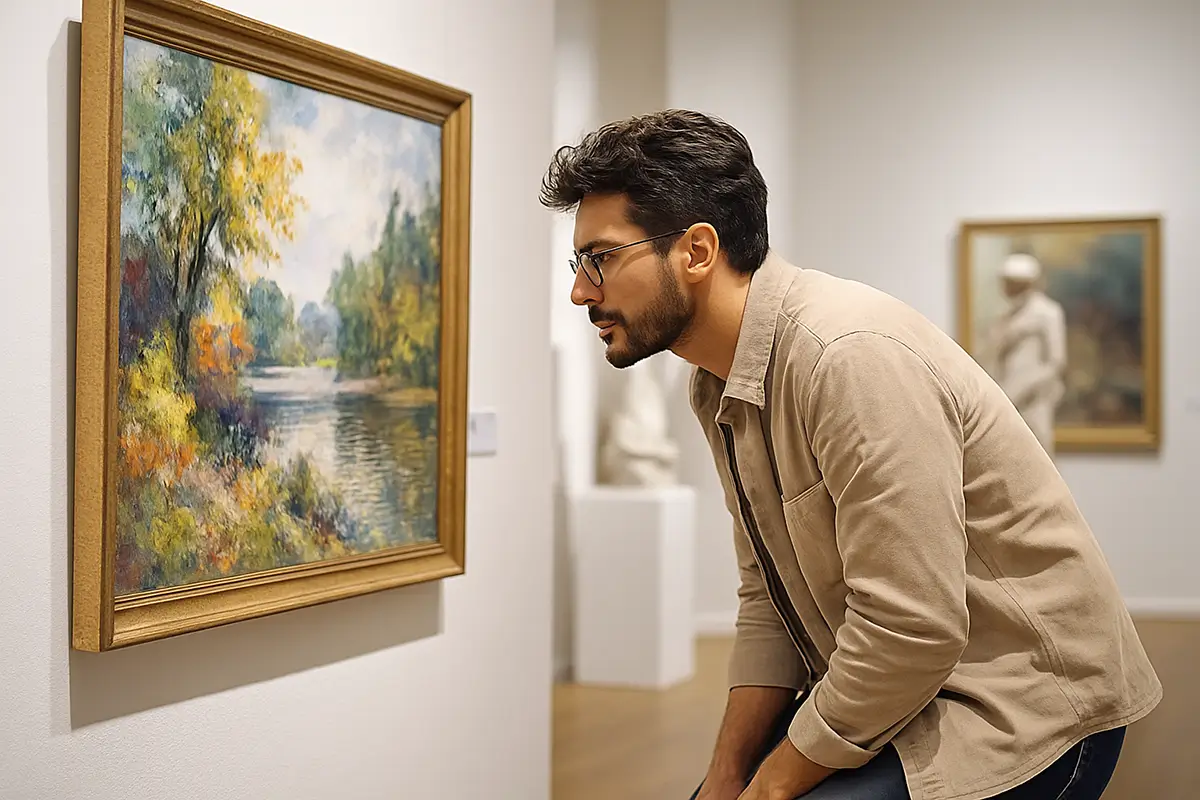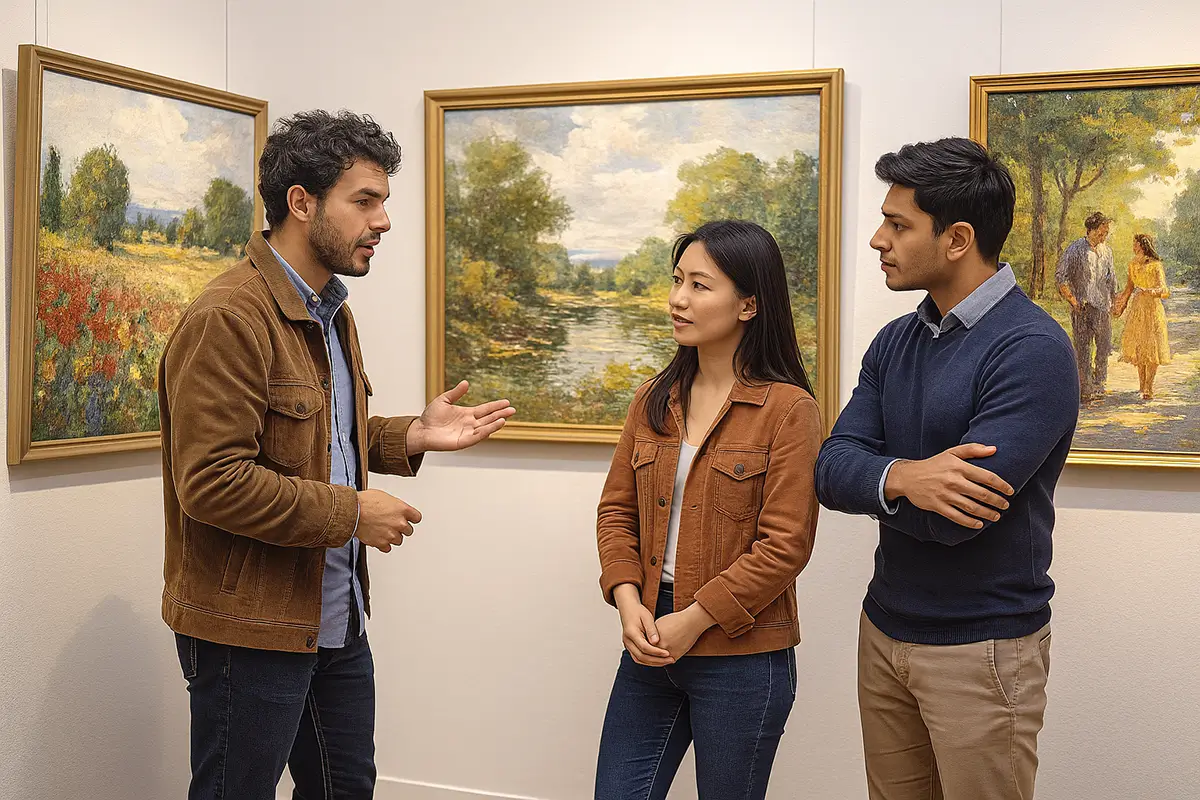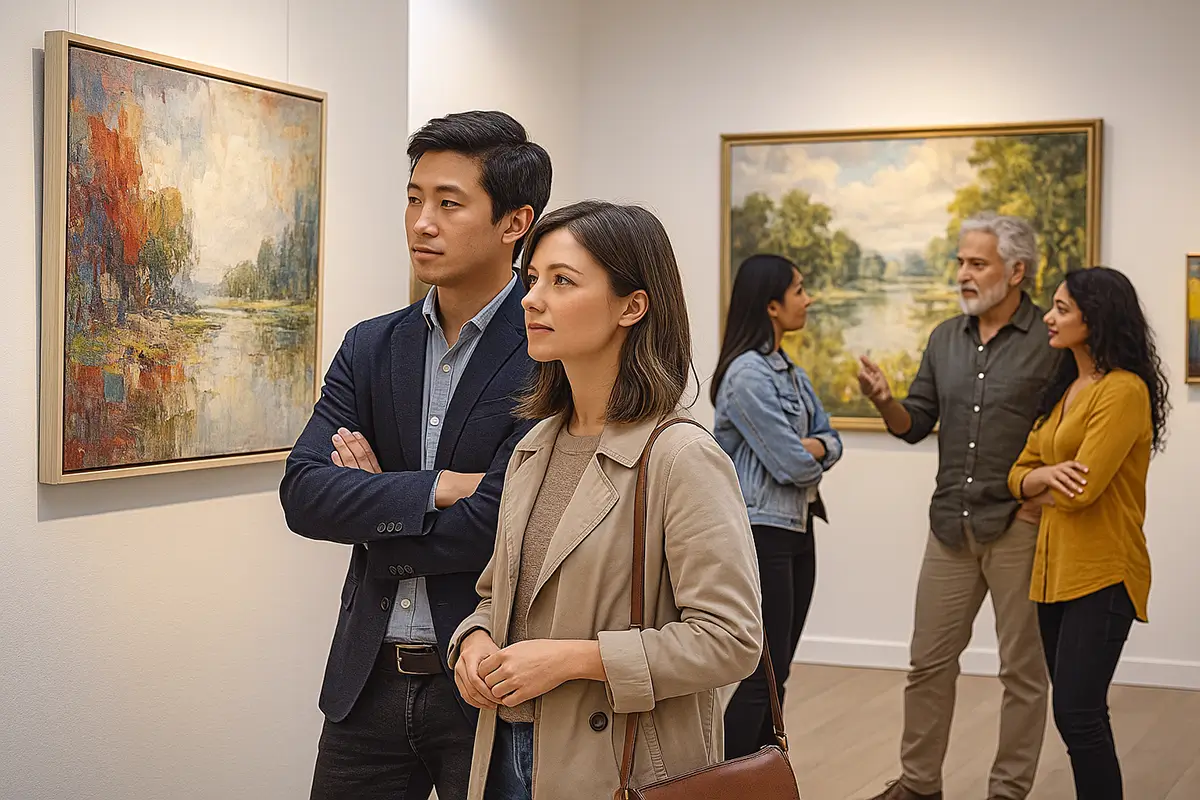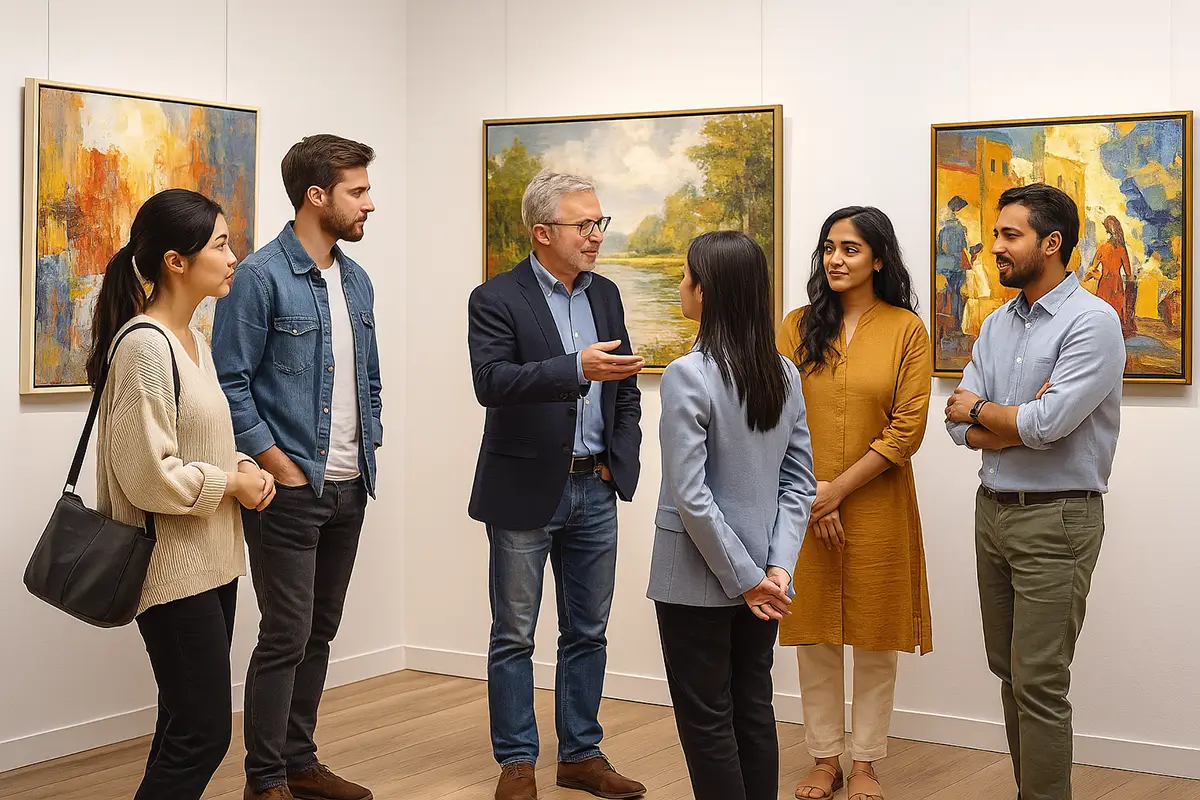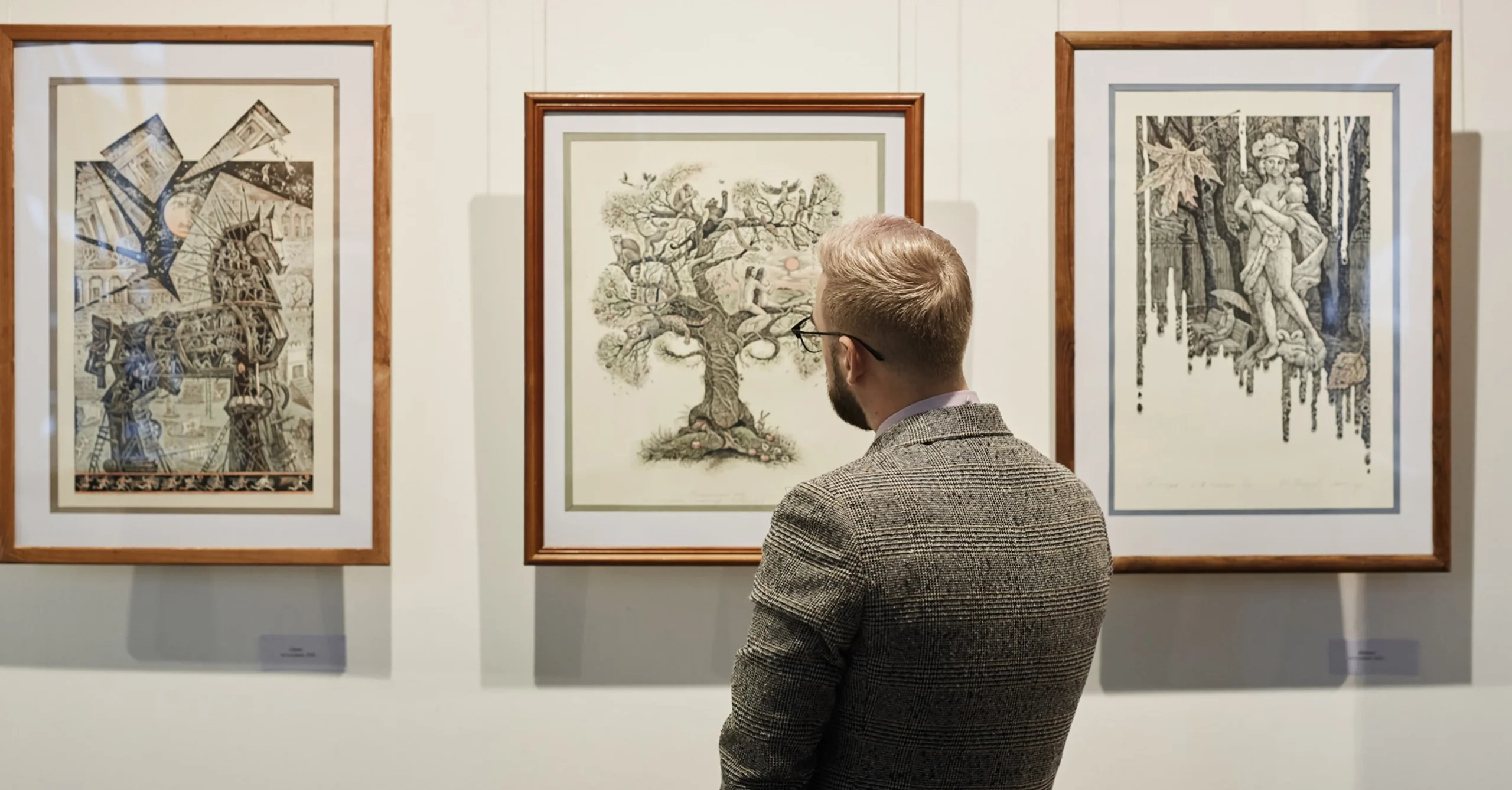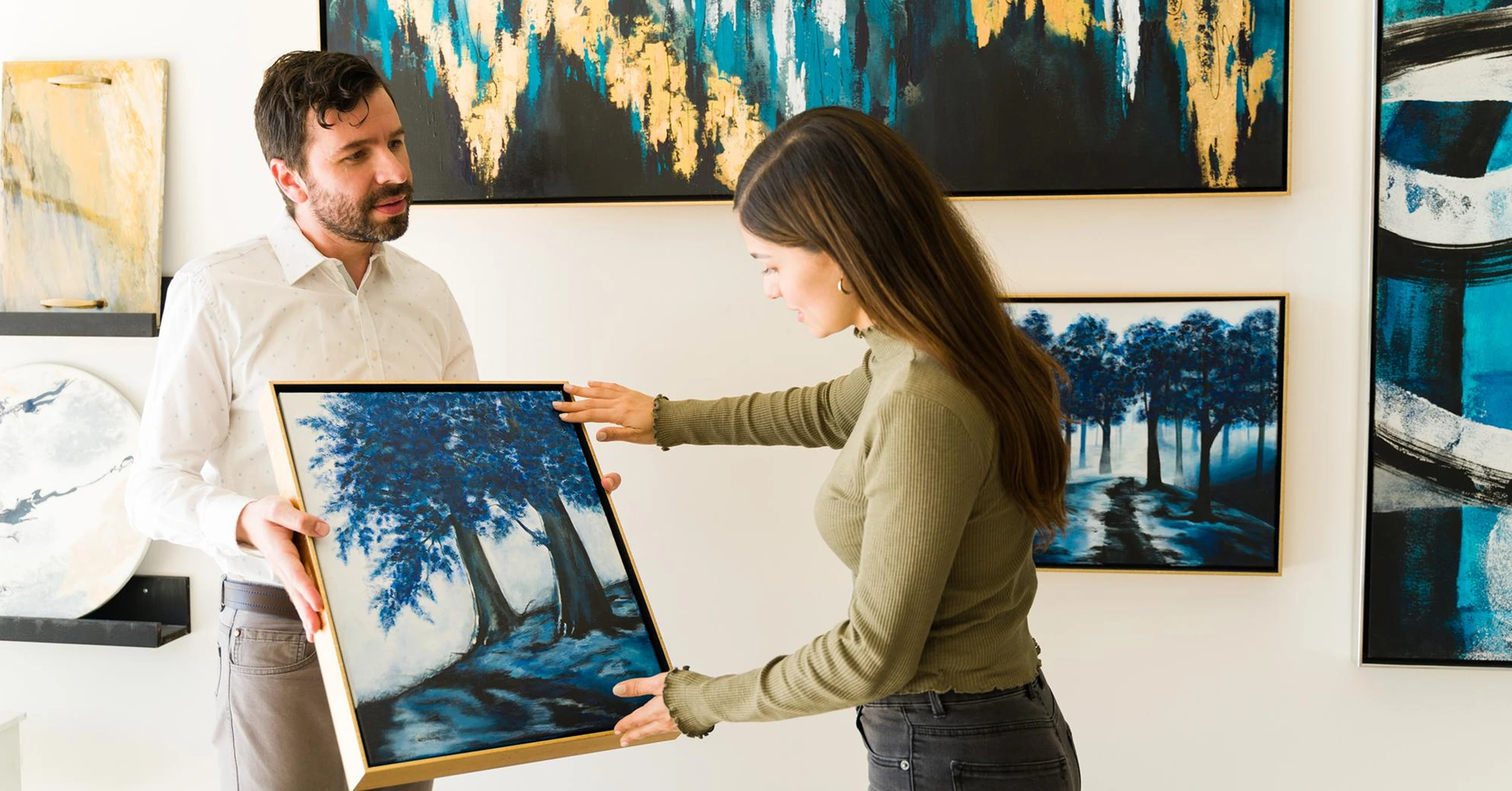Introduction: Evidence through experience
The best way to understand the value of art advisory services is through real-world examples. Advisory is often seen as abstract—about “guidance” or “strategy.” But in practice, it delivers tangible results: authentic acquisitions, valuable collections, financial security, and cultural legacies.
In India, where the art market is rapidly expanding, case studies reveal how advisory transforms both private and corporate collections. While confidentiality prevents naming all clients, the following examples showcase how advisory services protect investments, align acquisitions with goals, and build collections of lasting significance.
Why case studies matter in art advisory
- Demonstrate impact: Show how theory translates to practice.
- Highlight challenges: Reveal the risks collectors face without professional guidance.
- Offer replicable models: Lessons can be applied by new collectors.
- Build trust: Case studies provide evidence of advisory’s credibility.
Case Study 1: A multinational bank in India
Context
The bank had acquired artworks sporadically over two decades, resulting in a fragmented collection. With works stored in offices across cities, many were undocumented, undervalued, and poorly conserved.
Advisory Intervention
- Conducted a comprehensive audit of all artworks.
- Created a centralised catalogue with valuations.
- Recommended conservation treatments for damaged works.
- Designed a structured acquisition policy aligned with brand identity.
Outcome
- The collection became a cohesive asset portfolio instead of scattered pieces.
- Professional documentation enhanced credibility with auditors and insurers.
- The bank repositioned itself as a cultural steward, showcasing art in curated office spaces.
Lesson
Advisory turns art from a decorative expense into a strategic, brand-enhancing asset.
Case Study 2: A corporate headquarters in Bangalore
Context
An IT company sought to decorate its new global headquarters. Without guidance, purchases risked being random and purely decorative.
Advisory Intervention
- Conducted brand identity workshops with leadership.
- Recommended acquisitions of digital and contemporary installations to reflect innovation.
- Negotiated acquisitions from both Indian and international artists.
- Advised on conservation-friendly display systems (UV-filtered lighting, humidity controls).
Outcome
- The headquarters became a living brand statement through curated artworks.
- Employees felt inspired in an environment aligned with corporate vision.
- The collection doubled in value within five years due to strategic artist selection.
Lesson
Corporate art acquisition works best when aligned with culture and strategy, not just aesthetics.
Case Study 3: A family office in Mumbai
Context
A wealthy family wanted to build a collection that would serve as both investment and legacy. With limited exposure to the art market, they risked overpaying or acquiring inauthentic works.
Advisory Intervention
- Defined long-term objectives (financial appreciation + cultural legacy).
- Built a diversified portfolio of Indian modern masters and emerging contemporary voices.
- Verified provenance and authenticity for all acquisitions.
- Integrated conservation and valuation into the acquisition process.
Outcome
- Within a decade, the collection appreciated significantly in financial terms.
- The family became recognised patrons, supporting Indian cultural heritage.
- Advisory created a roadmap for succession planning, ensuring continuity.
Lesson
Advisory protects families from market pitfalls while enabling generational legacy building.
Case Study 4: A corporate CSR initiative in Delhi
Context
A major Indian conglomerate wanted to link its CSR with cultural initiatives. However, it lacked clarity on how to make acquisitions that were both socially impactful and credible.
Advisory Intervention
- Identified opportunities to acquire works from regional and folk artists.
- Ensured acquisitions reflected the brand’s CSR mission of inclusivity.
- Recommended public installations and rotating exhibitions for wider community engagement.
Outcome
- The company’s CSR spending gained visibility through cultural impact.
- Folk artists gained recognition and financial stability.
- The brand was celebrated as a cultural patron at national level.
Lesson
Advisory ensures art acquisition is not only about assets but also about social and cultural responsibility.
Case Study 5: A private collector in Hyderabad
Context
An entrepreneur began buying art impulsively, guided by personal taste rather than strategy. Without advisory, the risk of forgery and overpricing was high.
Advisory Intervention
- Audited the existing collection, identifying questionable pieces.
- Conducted provenance verification and valuations.
- Designed an acquisition strategy balancing emotional preference with market data.
- Recommended preventive conservation measures.
Outcome
- The collection was refined, removing weaker works.
- New acquisitions aligned with long-term value goals.
- The collector gained confidence and credibility in the art community.
Lesson
Advisory transforms impulsive collecting into structured, confident decision-making.
Case Study 6: A heritage property in Rajasthan
Context
A palace converted into a luxury hotel had inherited artworks spanning centuries. Many were damaged by humidity and poor storage.
Advisory Intervention
- Conducted condition assessments of the collection.
- Prioritised urgent conservation treatments.
- Recommended acquisitions to fill thematic gaps in the heritage narrative.
- Integrated art with guest experience, turning spaces into cultural showcases.
Outcome
- The hotel became a destination for cultural tourism.
- Conserved works enhanced brand prestige and commercial value.
- Guests viewed the property as a living museum.
Lesson
Advisory can turn heritage assets into commercial and cultural strengths.
Key takeaways from Indian case studies
- Documentation matters – Cataloging and valuation transform scattered artworks into credible portfolios.
- Alignment is critical – Collections work best when tied to brand identity or family legacy.
- Professional verification saves money – Provenance checks prevent costly mistakes.
- Conservation cannot be ignored – Neglect reduces both cultural and financial value.
- Advisory adds strategy – Every acquisition is mapped to long-term goals.
The role of advisory services in success
Across these case studies, the role of professional Art Acquisition & Advisory Services was pivotal:
- Conducting due diligence to prevent risks.
- Designing acquisition strategies aligned with client identity.
- Integrating valuation, conservation, and insurance into asset management.
- Creating long-term roadmaps for collection growth and legacy.
The future of advisory-driven acquisitions in India
- Corporate integration: More businesses will institutionalise art acquisition policies.
- Family office adoption: Advisory will become standard in legacy and estate planning.
- Technology use: Blockchain provenance, AI valuations, and digital cataloging will support acquisitions.
- Cultural leadership: Indian collectors will use advisory to position themselves globally.
Conclusion: Proof of value, lesson by lesson
The case studies above reveal a common truth: art advisory transforms collecting. It turns risk into opportunity, randomness into strategy, and decoration into legacy.
For corporates, advisory aligns acquisitions with brand and CSR goals. For families, it safeguards financial and cultural wealth. For individuals, it builds confidence and credibility in the art world.
Explore our Art Acquisition & Advisory Services. At TurmericEarth, we bring these lessons from real projects to every client—ensuring that art acquisitions are authentic, aligned, and enduring.



